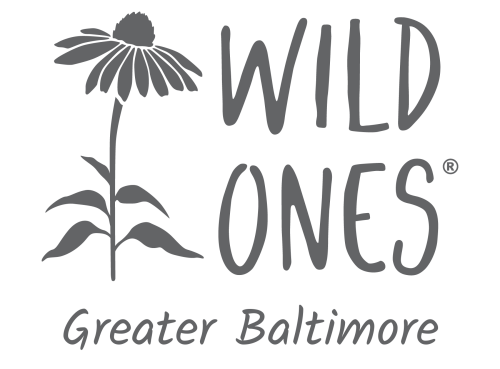by Katie Garvey ✎
As part of our annual meeting, the Wild Ones Greater Baltimore community came together to make a sizable donation to the Maryland Food Bank. We know that access to food has been made especially difficult this season for some families, and our group of gardeners heartily answered the call. If you were unable to attend, you can still make a monetary donation to the Maryland Food Bank here.
A Gathering of Gardeners
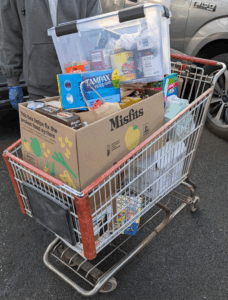
Wild Ones Greater Baltimore held its annual meeting on November 19, 2025 at the University of Maryland Central Maryland Research and Education Center. Members and non-members alike poured in, filling the classroom (generously shared with us by the University) to the brim. Many who attended did not come empty-handed. Instead, after signing in, they placed bags and boxes at a table by the entrance. Containers of all shapes and sizes were stuffed with canned beans, vegetables and sauces, boxes of pasta, feminine hygiene products, bags of rice, meal kits, and seasonal items. As the table became crowded, items were placed on the floor, the only place where there was room. By the end of the night, I was blown away by the kindness of our community.
A few feet away, dozens (if not hundreds) of hand-labeled seed packets were neatly organized in thick rows. Many of the same members who had brought donations had also collected seeds from their own gardens to share. A cornucopia of varieties was on the table: White Turtlehead (Chelone glabra), New York Ironweed (Vernonia noveboracensis), Wild Senna (Senna hebecarpa / S. marilandica), Swamp Milkweed (Asclepias incarnata), Wingstem (Verbesina alternifolia), and more. Members and non-members were able to take what they needed to sow in their gardens or share with others.
And obviously, no gathering is complete without the attendees themselves mingling over a feast of their own. There was pizza available, fresh from a local shop, alongside water and tea. A bag of homemade fruit leather crafted from Autumn Olives (Elaeagnus umbellata) made its way through the class. Autumn Olives are an invasive species in our region, so removing the seed-bearing berries not only makes a delicious snack, but also helps limit the plant’s spread.
But what of our gardens, and the creatures they fed through the warmer months? Can our land still support life, even as greenery goes dormant for the season? The answer is yes, of course, but not without a bit of thought from the gardeners. It is important to remember that, while this season is perfect for collecting seeds and tidying, our gardens serve as the winter pantry for our smallest community members.
Feeding Our Native Community Through Winter
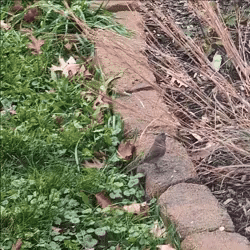
By late fall and throughout winter, seeds become one of the most important food sources in Baltimore’s ecosystem. Goldfinches, sparrows, chickadees, juncos, and cardinals are all bird species that overwinter in our region. They, and others, rely on seeds as sources of protein, fat, and other nutrients.
One of my earliest native garden memories was watching Dark-Eyed Juncos hop to the tips of my then-meager strip of Little Bluestem (Schizachyrium scoparium). They hopped up to reach the slender racemes, the seed-bearing bits of the grass located along the top portions of the grass. If they managed to reach them, they plucked seeds from the spikelets, then plopped down only to repeat the process. Since then, Little Bluestem has become a prominent resident in my garden, all to feed those little song birds through winter. I look forward to their antics every year.
Native gardeners know that solitary bees and other insects nest in stems during the cold season for protection. In the spring, they get the added benefit of emerging near their food sources. Voles and mice seek out seeds as well, storing them in tiny caches. In other words, keeping natural food outside may help to keep these sometimes-home-invaders outside and away from your kitchen!
In short, a winter garden that is full of seedheads is a well-stocked pantry. A clipped, tidy garden is an empty cupboard that feeds no one.
Ethical Seed Harvesting
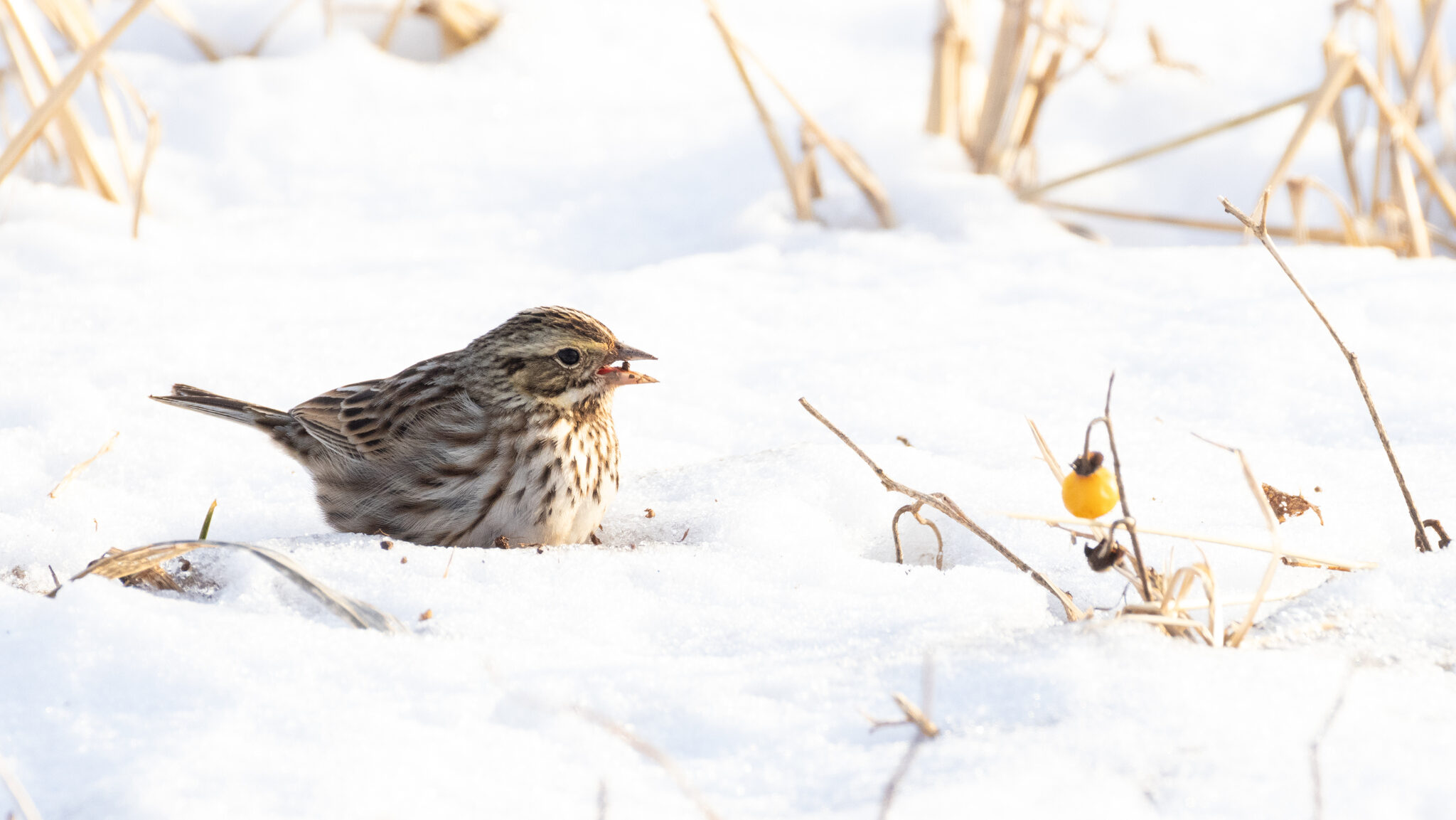
Sharing seeds is a great way to introduce newer gardeners to native plants. It is also important to increase the genetic diversity of our local ecotypes. However, for our native plants to fulfill their purpose, we must leave some seeds on the plant or in the immediate plant colony to support the complete life cycles of the creatures that rely on them. A helpful guideline when gathering seeds is the “rule of thirds.” The rule itself is simple:
- Leave at least two-thirds of seeds for wildlife and natural reseeding; and
- Collect only the seeds you genuinely plan to sow or share, never more than one-third of what the plant produced.
The end result is a thoughtful, generous garden that can support ecosystems in multiple ways.
What About Excessive Reseeding?
It goes without saying that many Baltimore gardens simply do not have the space for the seedlings that come from overenthusiastic plants. So, what’s a gardener to do?
Wait until late winter to cut back
Many seedheads hold onto their seeds until late winter and early spring to keep them from rotting or otherwise becoming damaged during what can be a very wet season. By then, birds have often eaten the vast majority of seeds by then anyway. As a result, you are likely not limiting their food sources. Carefully trimming away seedheads to leave the stem allows insects to stay safely nuzzled away while helping to keep your garden from becoming overrun.
Thin seedlings in early spring
Through necessity, nature has designed plants to over produce seeds. This increases the chance that the next generation will survive (even after supplying birds, mammals, insects, and gardeners). Learning to identify unwanted seedlings and pulling them allows us to be more active in the life of our land.
Swap vigorous reseeders for gentler alternatives
For many plants, smart swaps can be made that allow specific niches to still be filled while making a gardener’s life easier. A few examples might be:
Brown-Eyed Susan (Rudbeckia triloba)
A close relative of our state flower and loved by gardeners everywhere, this plant can be a hassle to contain. A good alternative might be Threadleaf Coreopsis (Coreopsis verticillata). It has a similar cheerful warm yellow, is a hotspot for pollinators, and blooms for an extended period of time. It also stays put without carpeting the your neighbor’s yard with seedlings.
Tickseed Sunflower (Bidens spp.)

Another cheerful hot weather flower that is so successful at reseeding, you may be picking its seedlings out of your garden years after you pulled the original plant out. A tired gardener could replace it with Wingstem (Verbesina alternifolia), like those that were shared during our annual meeting. Wingstem also feeds a wide variety of pollinators, stands at a similar height with similar brightness to Tickseed, and won’t reseed beyond reason. It is also a host plant for the Silvery Checkerspot butterfly, Summer Azure butterfly, and Gold Moth. This adds specialist value to your garden.
Blue Wood Aster (Symphyotricum cordiofolium)
Many asters are notorious for being extremely successful reseeders. I typically have to remove these from my vegetable garden every spring to make sure the brassicas aren’t being outcompeted. Switching it out for Aromatic Aster (Symphyotrichum oblongfolium) keeps the same lavender color in your fall garden, supports late season pollinators, and keeps your area tidy.
To Be a Gardener is to Support a Community
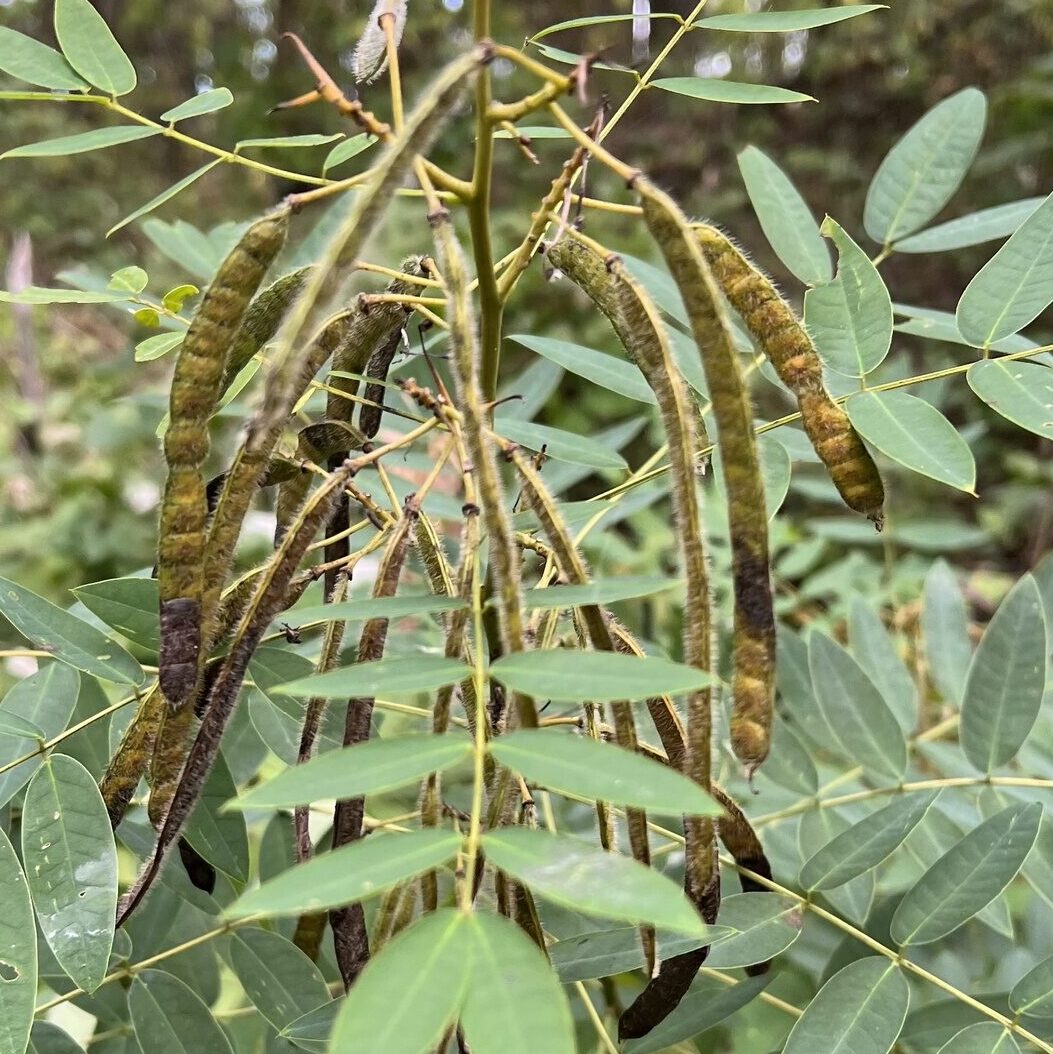
I was moved by the amount of food and other goods our community was able to share with those in need. And, naturally, the seeds picked up by attendees are sure to bring the beauty and value of native gardening to more households across the region. It fills me with hope: people want to share, give, and build something greater than themselves.
Ethical seed gathering is another form of that same generosity. It allows us to support members of our community that may also find themselves in need this winter. To me, that is the heart of local Wild Ones chapters. We are groups of individuals making thoughtful choices that nourish our whole community—humans, birds, mammals, insects, and the whole ecosystem.
To become a Wild Ones member, or give the gift of membership, visit our national site, WildOnes.org. You can also make a donation to Wild Ones Greater Baltimore here. ❀
Header Image: Northern Cardinal (foraging for seeds under snow) – Photo by jtdavis05 via iNaturalist (CC0)
